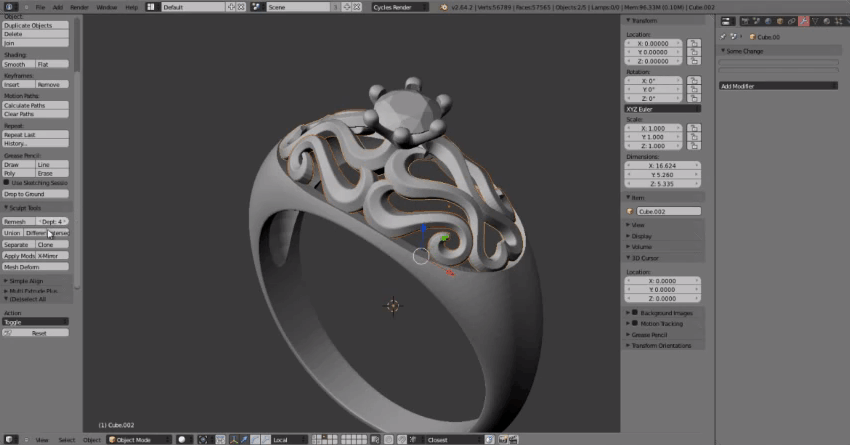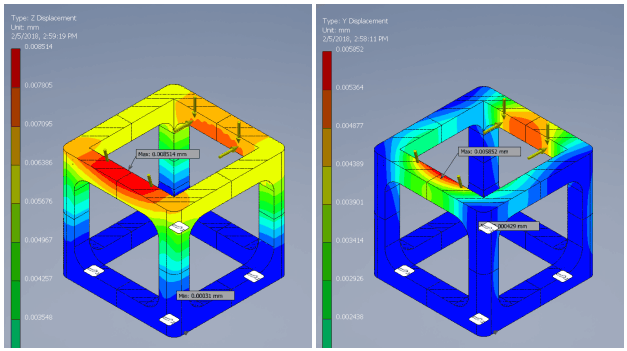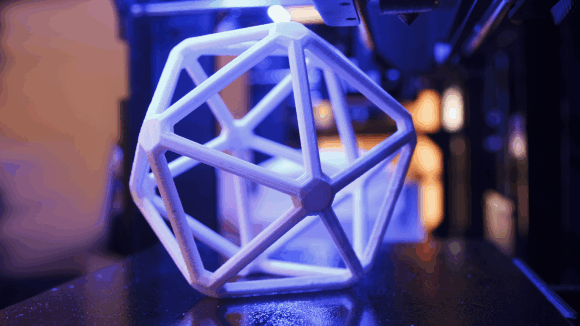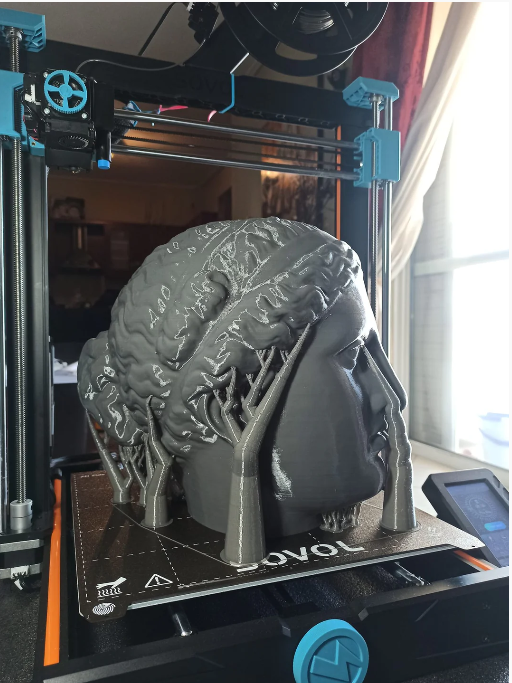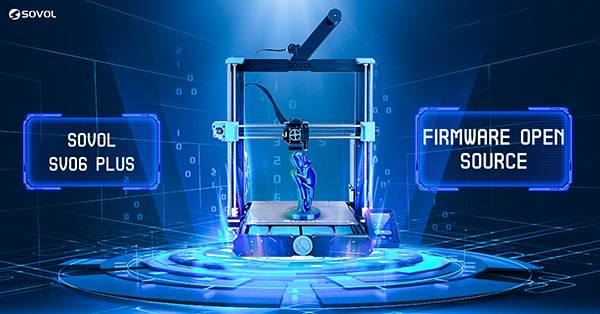Learning how to do proper 3D printer maintenance is a way to improve the durability of your 3D printer and the print quality of your models. Many people don’t know the proper steps to maintain their 3D printers, so today I share this article to showcase 9 handy tips that will enable you to maintain your 3D printer.
1. Clean the Nozzle
This is the easiest and most common 3D printer repair task which should take place between prints and importantly when switching materials. One of the most common blockages we find is when changing materials to those with a lower glass transition temperature. The easiest remedy for this is to do a cold pull, where any trapped material is caught and pulled out via the throat.
In between prints we like to use a brass wire brush to clean the nozzle and wipe away any excess residue on the nozzle to bring it back to its original sheen.
2.Clean the Build Plate
Most modern 3D printer build plates are made from metal with a layer of adhesive material or glass. Both of these materials are great at sticking to filament, making them ideal for 3D printing, but also a challenge to keep clean.
Remove any pieces of plastic that are stuck to the build plate and wipe away any glue that you have used. You can use warm soapy water to help with the cleaning process, as this will help to remove glue and oils, but you must make sure that the build plate is dry before the next print.
3. Keep the Extruder Clean
The filament goes through the rollers for extrusion in cold end of the Extruder. At the time of extrusion or plastic deformation, there are some particles which will wear off from the material on the rollers. These materials will get stuck to it. This will change the geometry of the rollers that will make the extrusions improper. For cleaning the rollers you can make use of a toothbrush which will ensure that the extruder functions smoothly and generates quality printouts.
4. Lubricating Your Lead Screw
To lubricate your lead screw, simply apply a small amount of Super lube synthetic grease directly on the lead screw near the brass nut, then run the lead screw through so it spreads around within the brass nut.![]()
It’s better to do this while the lead screw is off the 3D printer to give it a proper clean and application.
The main thing that needs lubrication is the brass nut. After that, you want to clean up any excess grease so it doesn’t pick up dust or debris build up. Make sure not to over lubricate it.
If you experience binding issues with the brass nut in the future, clean up the grease and re-apply it.
5.Check for Loose Cables & Belts
Another common fault for inaccurate parts and 3D printer faults is not keeping belts correctly tensioned. Most 3D printer manufacturers can provide instructions for carrying out your own 3D printer repair and will explain clearly how to keep these belts correctly tensioned.
Another fault to look out for is loose cables. This can seem such a simple error, however with moving parts and vibrations sometimes connection parts become disconnected and can lead to serious mechanical failures if not identified.
6. Check for loose nuts and bolts
Although it won’t often matter, in rare cases the fasteners that hold your 3D printer together can shake loose. Maybe they aren’t so loose they fall out, but I have found that some screws I thought were tight had actually loosened up over time and began affecting filament quality. Drive pulleys and lead screw couplers should be the first screws you check up on if you are already having 3D printer issues - screws that are key to proper motion are the most important to keep tight.
7. Swap the Broken or Old Parts
There are many parts which your 3D printer has been made of. Every part has its own life expectancy which means that these have to be replaced from time to time. The printing nozzle is one such part of the printer which needs to be changed if you are working on projects that utilize the new filament materials which will wear them down after some time.
8. Download Firmware Updates
It’s important to check your printer’s firmware updates occasionally. With these updates, bugs can be fixed, performance can be improved, and new features can be added.
9. Keep the Printer Clean
By keeping the different components of your 3D printer clean you are going to keep it functioning and increase its longevity. There might be a situation where a few of the pieces might shift and get stuck in other areas. This might have a negative impact on the functioning of the printer. This can be avoided by keeping all the parts of the printer clean.
In the End
Maintaining your 3D printer is an important yet often overlooked part of the 3D printing experience. As tedious as it can be at times to clean and take care of your machine, it’s just that, taking care of it to make sure it is always running at peak performance and you don’t have any premature failures of its components. Of course, there are more other tips for the maintenance that not listing out here, welcome to contact us freely to discover more.


